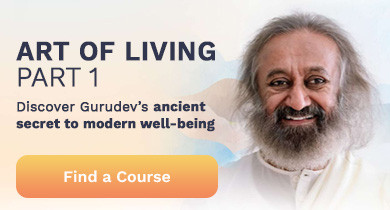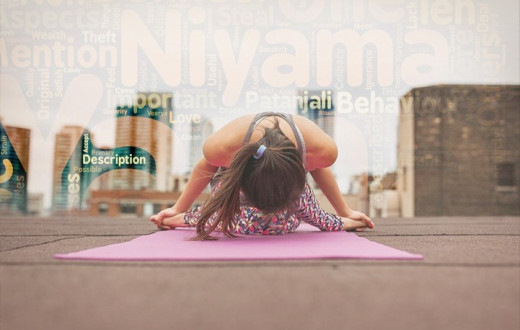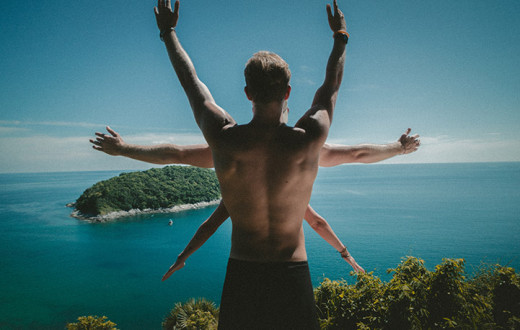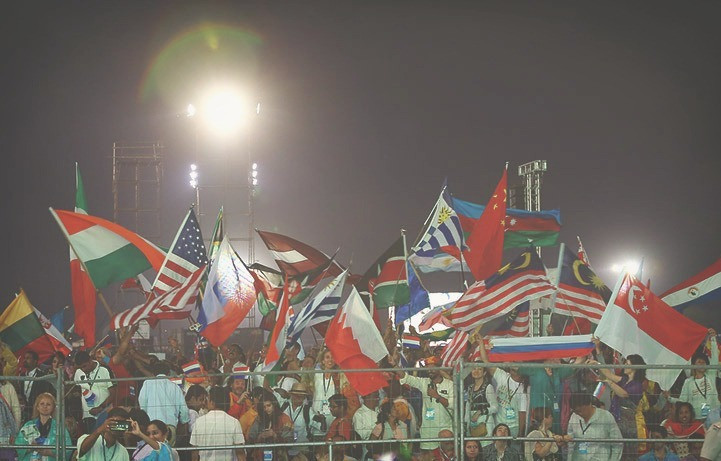
In decades past, yoga in America conjured images of a granola-crunching, Birkenstock-wearing folks who shopped organic before the rest of us. In 2016, at 36.7 million Americans practicing yoga, today’s yogis run the gamut from hippies to hipsters, from soccer moms to CEOs and beyond.
A cave picture found in the Indus River Valley depicts a meditating yogi. India’s ancient seers were looking to do more than sculpt their abs into a toned six-pack; they were looking for yoga to unlock the mysteries of life. As yoga spread from meditating seers in Himalayan caves to CEOs in corporate boardrooms, yoga instead became increasingly understood as a physical exercise.
In fact, yoga is a multi-faceted umbrella term that incorporates asanas (physical exercises), pranayama (breathing techniques) and meditation. More than a means to stay limber, yoga is a lifestyle. When we practice asanas, pranayamas and meditation, we’re able to release the stresses we accumulate on a daily basis and restore our energy and joie de vivre. Yoga is skill in action. It enhances our communication, observation and expression. More importantly, it improves our ability to manage our mind.
Healing After 9/11
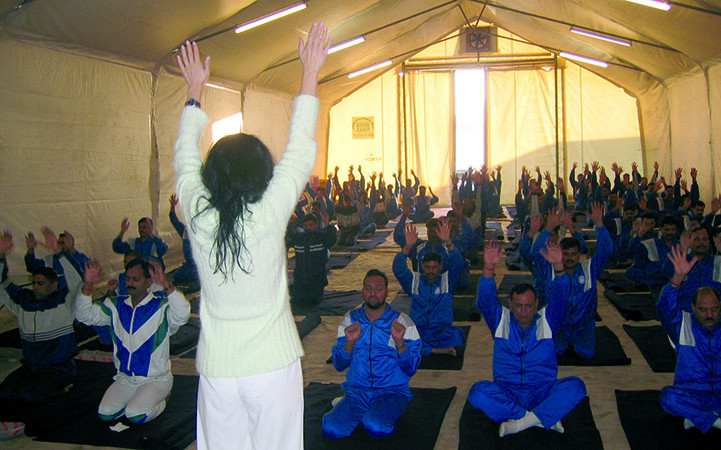
As we seek to heal from last week’s Orlando massacre, yoga asanas, breathing and meditation are powerful tools that can be used to handle post-traumatic stress. Yoga can help protect our love for our fellow humans and not let that love turn into hatred or fear. Disaster-specific yoga interventions programs were first introduced on a large scale in New York City after 9/11. Many studios including Yoga Insides, Sivananda, and Om Yoga opened their doors for free sessions.
Art of Living Foundation also rolled out yoga mats for New Yorkers. Over the next six months, approximately 1100 people experienced Art of Living’s combination of Sudarshan Kriya (a rhythmic breathing technique that incorporates specific natural rhythms of the breath, harmonizing the body, mind and emotions), yoga postures and meditation. Instructor Eve Rostkowski, a New York native, recalls:
Research on SKY
After observing the effects of Sudarshan Kriya Yoga (SKY) on their patients in New York, Professors Richard P. Brown and Patricia L. Gerbarg began researching its effects on Hurricane Katrina survivors. They concluded that: “Among more than 200 persons using Sudarshan Kriya for PTSD symptoms, we have seen that many experience relief from trauma-related memories, emotions, sensations, and physiologic reactions. Most feel calmer, lighter, less worried, happier, and more hopeful. Combined effects on the limbic system, thalamus, and cortex may cause this response.”
Breathing Peace Around the World
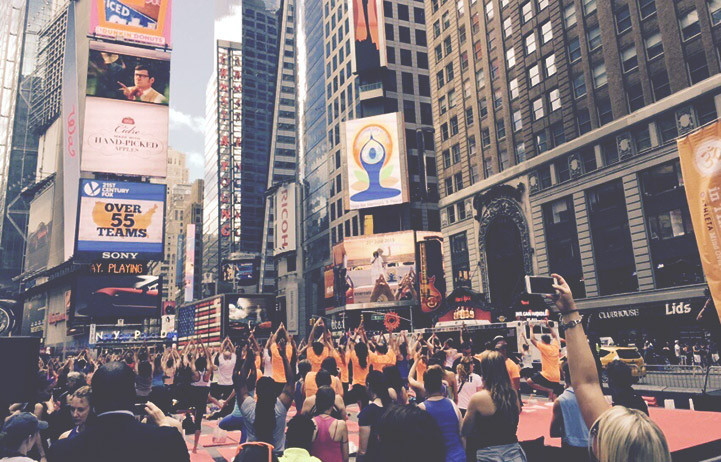
Sudarshan Kriya continues to be used as a protocol in disaster relief interventions by the Art of Living Foundation and the International Association for Human Values (IAHV) in its relief efforts around the world.
In Southeast Asia, Art of Living and IAHV volunteers delivered critical supplies, set up refugee camps and orphanages, and provided trauma relief to more than 15,000 survivors of the December 2004 tsunami. Both organizations offered programs for Russian soldiers with PTSD after more than 300 hostages were killed in the Bosnian school terrorist attack in September 2004. In Iraq, trauma relief programs have been on going since 2003. In 2015, 3300 Iraqis experienced the healing power of the breath. After learning Sudarshan Kriya, Iraqi Ahmed Hinoon explained “It feels like breathing out all the stress and breathing in a new life.”
Creator of Sudarshan Kriya, Gurudev Sri Sri Ravi Shankar believes, “A violence-free society, disease-free body, confusion-free mind, inhibition-free intellect, trauma-free memory, and a sorrow-free soul is the birthright of every individual. We all want happiness, and yoga is the way for that much needed happiness factor in life.”
International Day of Yoga

On December 11, 2014, the United Nations General Assembly approved Indian Prime Minister Narendra Modi’s proposal for an International Yoga Day. On June 21, 2015, International Day of Yoga (IDY) was celebrated around the world. Yoga means union. Cutting across religion, sexuality, race and nationality, yoga unites our hearts, mind, body and spirit. It unites us with the people around us.
While my Birks now share closet space with stilettos and I frequent organic markets weekly, yoga — once practiced by a few — is not just the hottest trend in looking and feeling great. It’s emerging as one of the greatest gifts of humankind. Through yoga we create peaceful people and peaceful people are what create a peaceful world.

By Mona Shah Meditation Instructor, Speaker and Freelance Writer
